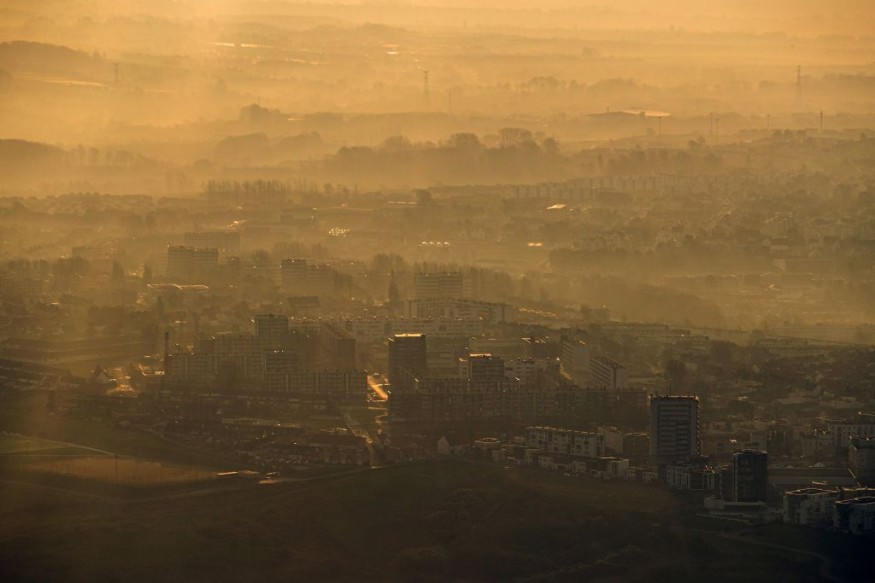Air pollution has been an increasing environmental challenge and urban issue for the past several decades. In particular, bad air quality with particulate matter, also referred to as hazardous airborne particles, has been widespread in big cities, as well as in areas where transport and industrial activities are active. Due to its nature, poor air quality also poses life-threatening risks.
Previous reports have shown that illnesses affecting the respiratory system are some of the impacts of air pollution to human health. The World Health Organization (WHO) in the past acknowledged that such pollution is responsible for several millions of deaths each year. The figures could be larger for undocumented or unreported cases.
The size of these toxic particles can be small as a molecule or thinner than a strand of hair, making them at least hard to detect even with the usage of the air quality index (AQI). Now, researchers in a new study in 2023 have developed a method to further locate or determine particulate matter smaller than 2.5 micrometers more accurate.
Locating Air Pollution in Big Cities

Since the Industrial Revolution of the 18th century, human activities such as manufacturing, fossil fuel burning, and greenhouse gas emission have released relatively harmful particles with some suspended even into the atmosphere. Multiple studies have shown that a large concentration of particulate matter is higher in urban or metropolitan areas due to the presence of the said activities.
Poor air quality, which contains the combined effects of ambient air pollution and household air pollution is linked with 7 million premature deaths annually, according to the World Health Organization (WHO).
In the new study published in the journal Remote Sensing on February 21, researchers spearheaded by Dr. Martin Ramacher at the Hereon Institute of Coastal Environmental Chemistry, along with the National Observatory of Athens, used EU-wide Copernicus satellite data with the EPISODE-CityChem chemical transport model.
The model was to structure hotspots for bad air at an accurate resolution of 100x100 square meters using the German city of Hamburg as an example, as cited by Phys.org.
What is Particulate Matter?
Particulate matter (PM) is a term that pertains for a mixture of solid particles and liquid droplets located in the air. Some of these particles include dust, dirt, or smoke which are large enough to be seen by the naked eye alone. However, other particles are too small they can only be seen using an electron microscope, according to the United States Environmental Protection Agency (EPA).
The EPA states that PM comes with different shapes and sizes, where it can be made up of hundreds of varying chemicals. As mentioned earlier, some particles are emitted directly from a source like construction sites, fields, unpaved roads, smokestacks, or fires, the US weather agency adds.
Furthermore, most PM forms in the atmosphere due to the complex reactions of chemicals like nitrogen oxide and sulfur dioxide, which are air pollutants emitted from automobiles, industries, and power plants, the agency explains.
© 2025 NatureWorldNews.com All rights reserved. Do not reproduce without permission.





